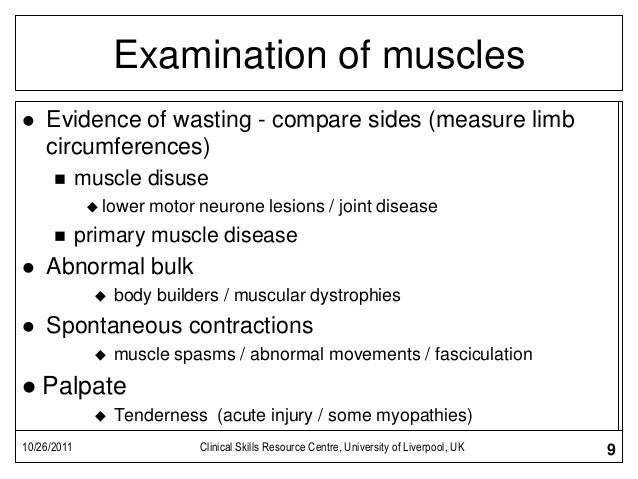
Musculoskeletal Physical Assessment. Build your skills in the assessment of musculoskeletal pathology. Principles of examination test the normal uninvolved side first active movements first then passive then. Both active and passive range of motion are used to assess joint function in the screening and general musculoskeletal examinations. Surgery on the musculoskeletal system as this can provide a nurse with additional information on possible musculoskeletal problems the client has or has had.

Build your skills in the assessment of musculoskeletal pathology. It is important that nurses are able to accurately and comprehensively assess these systems and this chapter introduces the fundamental knowledge and skills nurses require to do so. Orthopedic physical assessment 7th edition covers the principles of assessment for all of the body s structures and joints including topics such as gait posture the head and face amputees primary care and sports emergencies the 7th edition offers additional functional assessment forms e tools updated evidence based. Apparent localised foot and ankle problems may have a genesis in proximal regions or conversely have secondary untoward effects on other structures. Covers the surface of opposing bones. Physical examination of the musculoskeletal system a thorough knowledge of musculoskeletal anatomy is essential to the performance of an accurate and meaningful examination.
Lower extremities support the weight of the body and allow ambulation.
The musculoskeletal or locomotor system like other body systems can be defined anatomically and assessed functionally. Covers the surface of opposing bones. Place of union of two or more bones. Specialized forms of connective tissue. A thorough musculoskeletal assessment of the whole limb is an essential component of evaluation of a patient s specific and often localised lower limb complaint. Lower extremities support the weight of the body and allow ambulation.